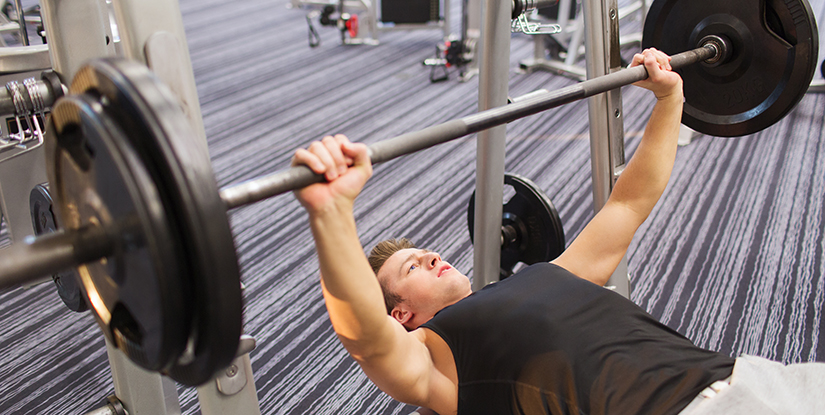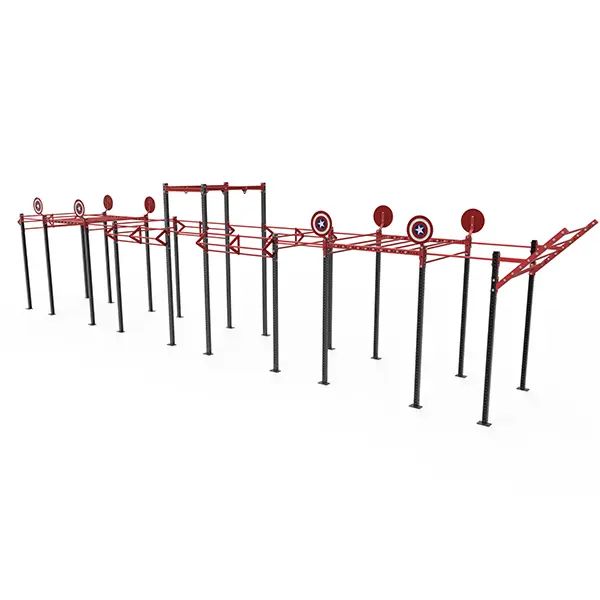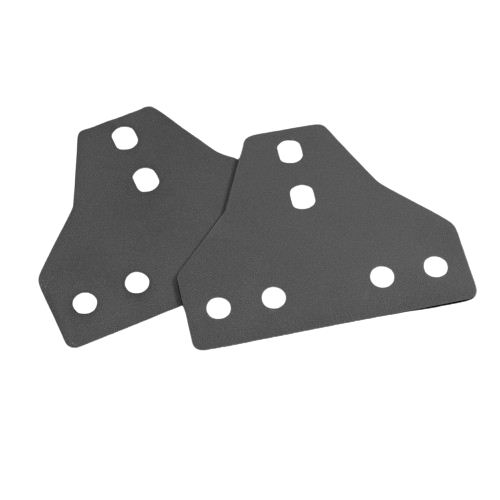How Many Reps of 135 to Bench 225

Embark on an extraordinary journey to unlock the secrets of bench pressing mastery. Discover the path from lifting an astounding 135 pounds to an awe-inspiring 225 pounds. This comprehensive guide will empower you with the knowledge, techniques, and strategies to shatter plateaus, optimize gains, and achieve your benching aspirations. Get ready to transform your physique and elevate your lifting prowess!
Benefits of Increasing Bench Press Weight
Enhanced Upper Body Strength: A formidable bench press weight signifies exceptional upper body strength. By increasing your bench press, you strengthen your chest, shoulders, and triceps, boosting your overall functional capacity.
Boosted Confidence and Motivation: Surpassing weightlifting goals fuels confidence and ignites motivation. A heavier bench press is a testament to your hard work, determination, and progress, propelling you towards even greater accomplishments.
Improved Athleticism: A robust bench press translates into enhanced athleticism. It enhances your pushing power and explosiveness, benefiting sports such as basketball, football, and martial arts.
Importance of Progressive Overload
Progressive overload is the cornerstone of muscle growth and strength development. To continually make progress, you must gradually increase the weight or resistance you lift over time. This challenges your muscles, forcing them to adapt and grow stronger.
Establishing an Effective Training Plan
Frequency: Aim to bench press 2-3 times per week, allowing for adequate recovery between sessions.
Volume: For beginners, start with 3-4 sets of 8-12 repetitions. As you progress, gradually increase volume by adding sets or repetitions.
Intensity: Choose a weight that challenges you while maintaining good form. You should strive for 70-85% of your one-rep max (1RM).
Determining Optimal Rep Ranges
Hypertrophy (Muscle Building): 8-12 repetitions per set promote muscle growth by increasing time under tension.
Strength: 3-6 repetitions per set maximize strength gains by recruiting more muscle fibers and stimulating neural adaptations.
Maximizing Strength and Mass Gains
Compound Exercises: Prioritize compound exercises that work multiple muscle groups simultaneously, such as the bench press. This maximizes efficiency and promotes overall body development.
Proper Form: Meticulous attention to form ensures optimal muscle activation and minimizes the risk of injury. Focus on proper grip, bar path, and core engagement.
Rest Periods: Allow for sufficient rest periods between sets (2-3 minutes) to replenish energy stores and maintain intensity.
Avoiding Common Plateaus
Assess and Adjust: Regularly evaluate your progress and make adjustments to your training plan as needed. If you encounter a plateau, consider increasing weight, adding volume, or incorporating advanced techniques.
Periodization: Implement training cycles that vary intensity, volume, and rest periods to prevent stagnation and promote continuous progress.
Utilizing Advanced Techniques
Drop Sets: Perform a set to failure, then immediately reduce the weight and continue until you reach failure again. This exhausts muscle fibers and stimulates growth.
Forced Reps: With assistance from a spotter, perform 1-2 additional repetitions beyond failure. This forces the muscles to adapt and overcome plateaus.
Eccentric Overload: Focus on the eccentric (lowering) phase of the bench press. This targets slow-twitch muscle fibers and enhances strength gains.
Addressing Nutritional and Recovery Needs
Protein Intake: Consume adequate protein (1.6-2.2 grams per kilogram of body weight daily) to support muscle growth and repair.
Carbohydrate Consumption: Fuel your body with carbohydrates (5-10 grams per kilogram of body weight daily) for energy and recovery.
Sleep: Prioritize 7-9 hours of quality sleep nightly. Sleep is essential for muscle recovery and growth hormone release.
Conclusion
The journey from 135 to 225 pounds on the bench press is an achievable goal with the right knowledge, training plan, and unwavering dedication. Utilize progressive overload, optimize volume and intensity, and implement advanced techniques to shatter plateaus and achieve your benching aspirations. Remember to prioritize nutrition, recovery, and proper form to maximize gains and minimize injury risks. The path to benching 225 pounds begins with you – embrace the challenge and experience the transformative power of strength!
Bonus
| Week | Weight (lbs) | Sets | Reps | Notes |
|---|---|---|---|---|
| 1 | 135 | 3 | 8-12 | Focus on form and control. |
| 2 | 145 | 4 | 8-10 | Increase weight and volume. |
| 3 | 155 | 4 | 6-8 | Focus on strength gains. |
| 4 | 165 | 5 | 5-6 | Incorporate advanced techniques. |
| 5 | 175 | 5 | 4-5 | Focus on progressive overload. |
| 6 | 185 | 5 | 3-4 | Maximize strength and power. |
| 7 | 195 | 5 | 3-4 | Focus on lockout strength. |
| 8 | 205 | 5 | 3-4 | Incorporate eccentric overload. |
| 9 | 215 | 5 | 3-4 | Focus on explosive power. |
| 10 | 225 | 5 | 3-4 | Achieve your goal! |
FAQ about Bench Press
1. What is the best grip width for bench press?
The best grip width depends on your goals and shoulder mobility. A medium grip (slightly outside shoulder-width) is ideal for most lifters, while a narrow grip targets the triceps and a wide grip emphasizes the chest and shoulders.
2. How do I prevent shoulder pain during bench press?
Ensure proper scapula stability by retracting and depressing your shoulder blades. Avoid flaring your elbows excessively and maintain a moderate arch in your lower back to reduce strain on the shoulders.
3. How often should I bench press?
For strength, bench press 2-3 times per week with heavy weights and low repetitions. For hypertrophy, bench press 3-4 times per week with moderate weights and higher repetitions.
4. What are the benefits of leg drive in bench press?
Leg drive helps generate upward force, assisting your upper body in driving the bar upwards. It creates a powerful synergy between your upper and lower body, enhancing overall bench press performance.
5. How can I improve my bench press lockout strength?
To improve lockout strength, focus on triceps-specific exercises like triceps pushdowns, overhead triceps extensions, and dips. Additionally, incorporate isometric holds at the top of your bench press to strengthen the lockout position.





